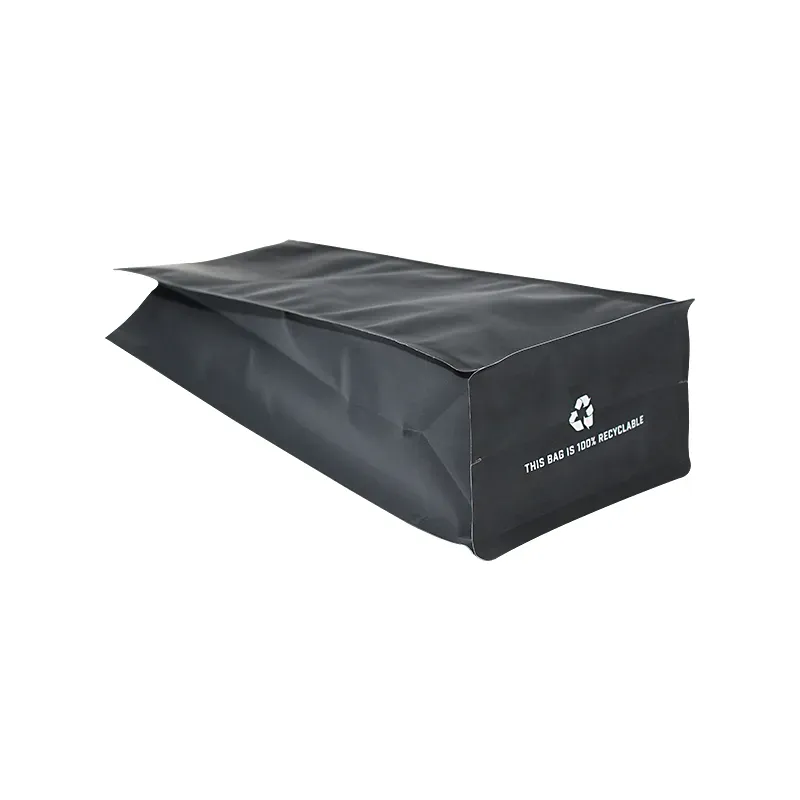fiber desiccant
Understanding Fiber Desiccants and Their Applications
In today’s fast-paced world, the preservation of products is paramount. One of the innovative solutions that have emerged to address moisture-related concerns is fiber desiccants. These materials are designed to absorb and control humidity, ensuring that products are protected from the detrimental effects of excess moisture. This article will explore what fiber desiccants are, how they function, and their various applications.
What Are Fiber Desiccants?
Fiber desiccants are moisture-absorbing materials typically made from natural or synthetic fibers that are infused with desiccant properties. These fibers can include cellulose, silica gel, clay, or activated carbon, among others. The specific composition can vary based on the desired properties and applications of the desiccant.
The primary function of fiber desiccants is to absorb moisture from the surrounding environment, thereby reducing the relative humidity within a contained space. This moisture-holding capability is crucial for preserving the quality of products that are sensitive to humidity, such as pharmaceuticals, electronics, and perishable goods.
How Do Fiber Desiccants Work?
Fiber desiccants operate through a process called adsorption, where moisture molecules are attracted to and held on the surface of the desiccant material. The unique structure of the fibers increases the surface area available for moisture interaction, enhancing the overall absorption capacity.
When a fiber desiccant is placed in a confined space, it begins to draw in ambient moisture. As the desiccant absorbs moisture, it undergoes a change in its physical properties, which signifies its saturation point. Manufacturers often incorporate indicators that change color when the desiccant is approaching its saturation limit, allowing users to determine when it needs to be replaced or regenerated.
fiber desiccant

Applications of Fiber Desiccants
1. Pharmaceuticals One of the most critical applications of fiber desiccants is in the pharmaceutical industry. Many medications and active ingredients are highly sensitive to humidity, which can compromise efficacy. Fiber desiccants are utilized in packaging to maintain a stable environment, ensuring that drugs retain their potency throughout their shelf life.
2. Electronics Moisture can severely damage electronic components, leading to malfunctions and reduced lifespan. Fiber desiccants are essential for packaging electronic goods such as circuit boards, batteries, and consumer electronics. They protect these items during shipping and storage, preventing moisture-related damage.
3. Food and Beverages In the food industry, moisture can lead to spoilage, mold growth, and loss of flavor. Fiber desiccants are used to maintain the freshness of various food products, including snacks, dried fruits, and spices. By keeping the humidity levels in check, they help extend shelf life and preserve quality.
4. Textiles and Leather Fiber desiccants play a role in protecting textiles and leather goods from mildew and mold. High humidity can lead to degradation of these materials, so incorporating desiccants in packaging helps preserve their condition during transport and storage.
5. Industrial Applications In various industrial settings, fiber desiccants are employed to control humidity in stored materials and products. This is particularly relevant for sensitive chemicals, powders, and finished goods that require a stable environment.
Conclusion
Fiber desiccants represent a crucial innovation in moisture control technology. Their ability to effectively absorb humidity makes them indispensable across a range of industries, from pharmaceuticals to electronics and food preservation. As global demand for moisture-sensitive products continues to rise, the role of fiber desiccants will likely expand, leading to advancements in their formulation and application. Ultimately, understanding and utilizing fiber desiccants can significantly enhance product longevity and quality, making them a valuable asset in modern manufacturing and storage practices.













